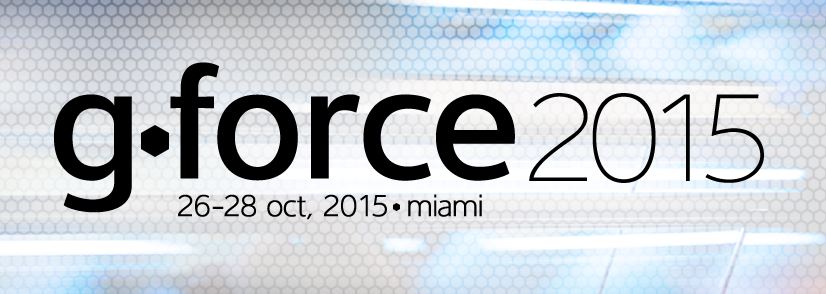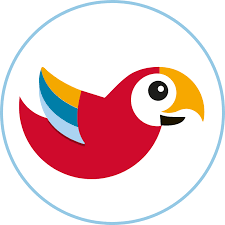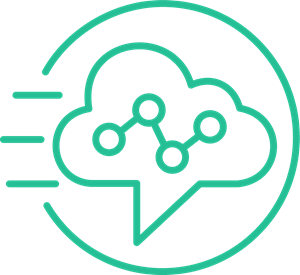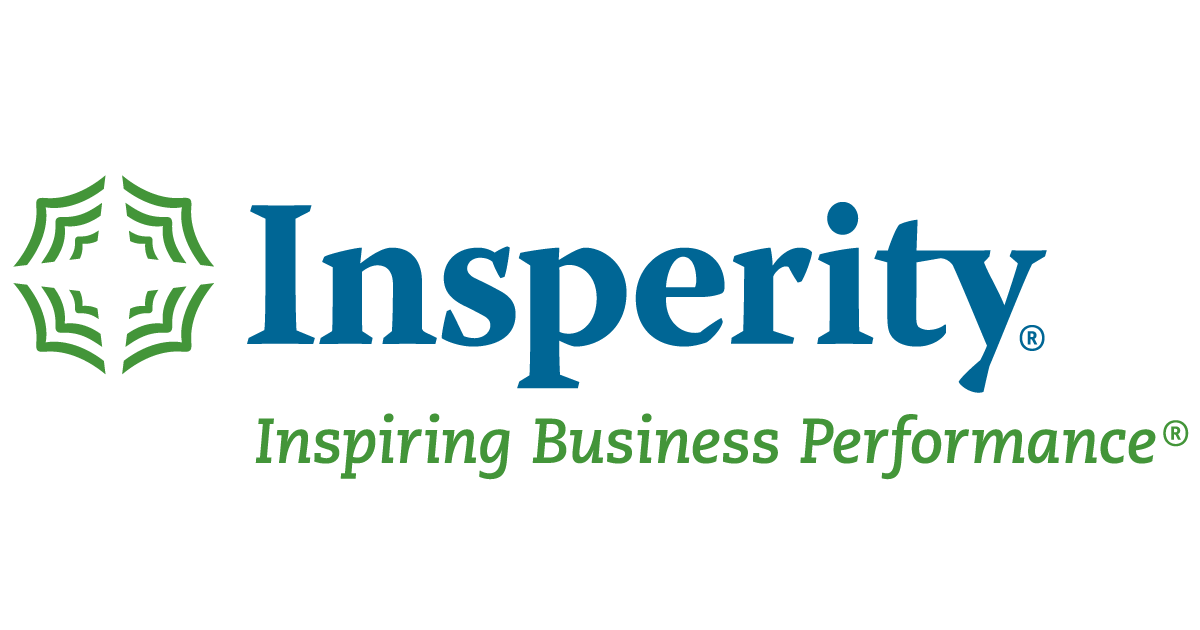This might be the biggest lapse in blogging I’ve let go by in since I started this blog several years ago. It’s not that I don’t have things to write about, it’s just that I haven’t taken the time to write them out. As a result I’ll begin here in January with some thoughts on a conference I attended in October.
In October I attended the G-Force Conference held by a company called Genesys in Miami. Genesys is a “customer experience platform”. I’ll be reviewing them in much more detail in the near future, but basically we signed on with them and I thought it would be a good way to get a crash course on how to fully utilize them. I did a similar thing when I signed on with Bronto years ago and it was hugely helpful. So I headed out to my first non-ecommerce centric conference not sure what to expect.
Genesys has historically catered to massive corporations, such as Bank of America, and only recently started offering products to companies in the small to mid range. As a result I was in a very different environment compared to the entrepreneur driven eCommerce community. I was there alone which I prefer because it forces me to approach people, but I honestly found very few people that were interested in talking shop or helping out a newbie. This is of course hugely anecdotal. I probably approached about 25 of the 4000 people there so it’s just luck of the draw, but normally the cocktail hours are where I learn the most. In this case it was shockingly, the sessions & sponsors.
In the sessions I heard from experts and customers that were dealing with call centers of 40,000+ people! That was about the average I’d say. I remember finding a guy with only 2000 agents in his call center and thinking “wow he’s tiny like us!” (we haven’t even broken 50). The great thing about listening to these people talk about how to design a call center though was just that they had absolutely no possibility hacking together some half-assed solution. They could never consider hiring billing people that are different from returns people that are different from general customer service people. To have to staff these different roles would triple the complexity of an already super complex situation, and any other problem that came up could completely derail a call center of that size. This was not clear to me before because I never had thought of it at that scale. Seeing what they deal with though made it crystal clear that the only way to truly scale is by empowering each individual to handle every scenario possible without having to transfer and simplifying the structures and procedures. The familiar “first call resolution” goal brought to a near religious significance in other words. I had several other takeaways but this was by far the largest and most impactful, because it caused a shift in direction the week I got back. I’ve been working on defining and standardizing these specialized departments. The aim is to have general customer service follow a procedure for every call regardless of the department it’s related to. The end goal will be to eliminate the phone menu entirely, maintain a 20 second average speed to answer time, and enable every agent to be able to handle any call no matter the subject.
On the sponsor side of things I just so happened to come across a new software company that allows you to create visual workflows. This means you can easily build out scripts and workflows for every call scenario, or even every procedure company wide. What a fitting thing to find at the time of realizing the need to empower all agents to do everything! Basically this software allows me to drag and drop various shapes with links and arrows into a webpage. Then when a customer calls the agent just clicks on the appropriate links and works through the script and information. Not only is it helping us define our procedures but it’s forcing me to consider and standardize scenarios I never had before. I’ve been mapping everything from a basic status call, to a 40 step point based fraud evaluation procedure for high risk orders. I haven’t rolled out much of it yet but I anticipate a large drop in internal questions and transfers once everyone gets the hang of it. The software is very affordable and robust and it’s called Procedure Flow. I’ll likely review it more in depth in the future.
I had more takeaways, but after 3 months these are the two that really stuck with me and are now in full progress. When I brought this news back the agents were all on board and were probably wondering what the heck took me so long. In my case it took looking at it from the perspective of someone trying to manage a 40,ooo seat call center. So ask yourself this, what would you do differently if you had 40,000 employees?




